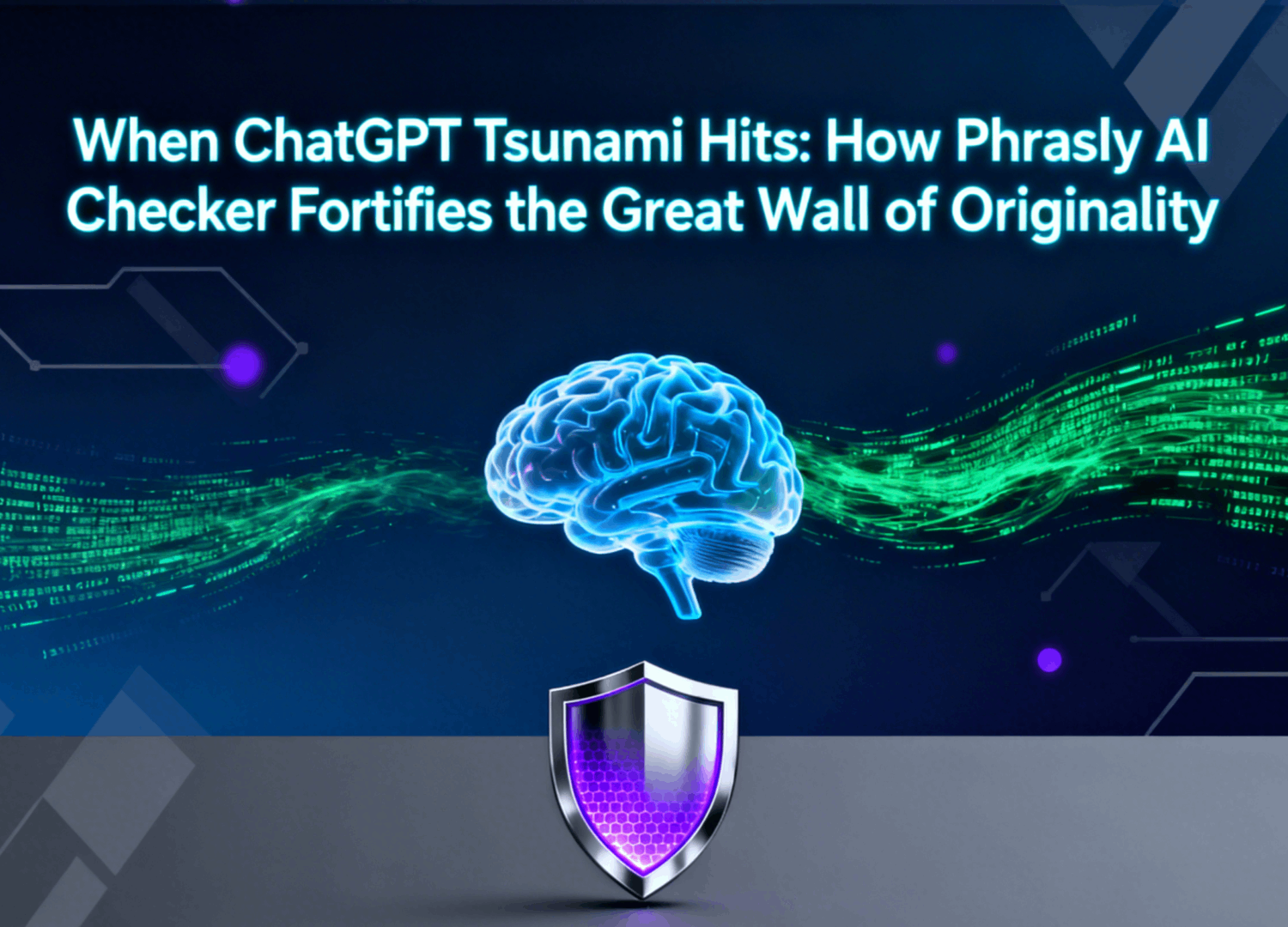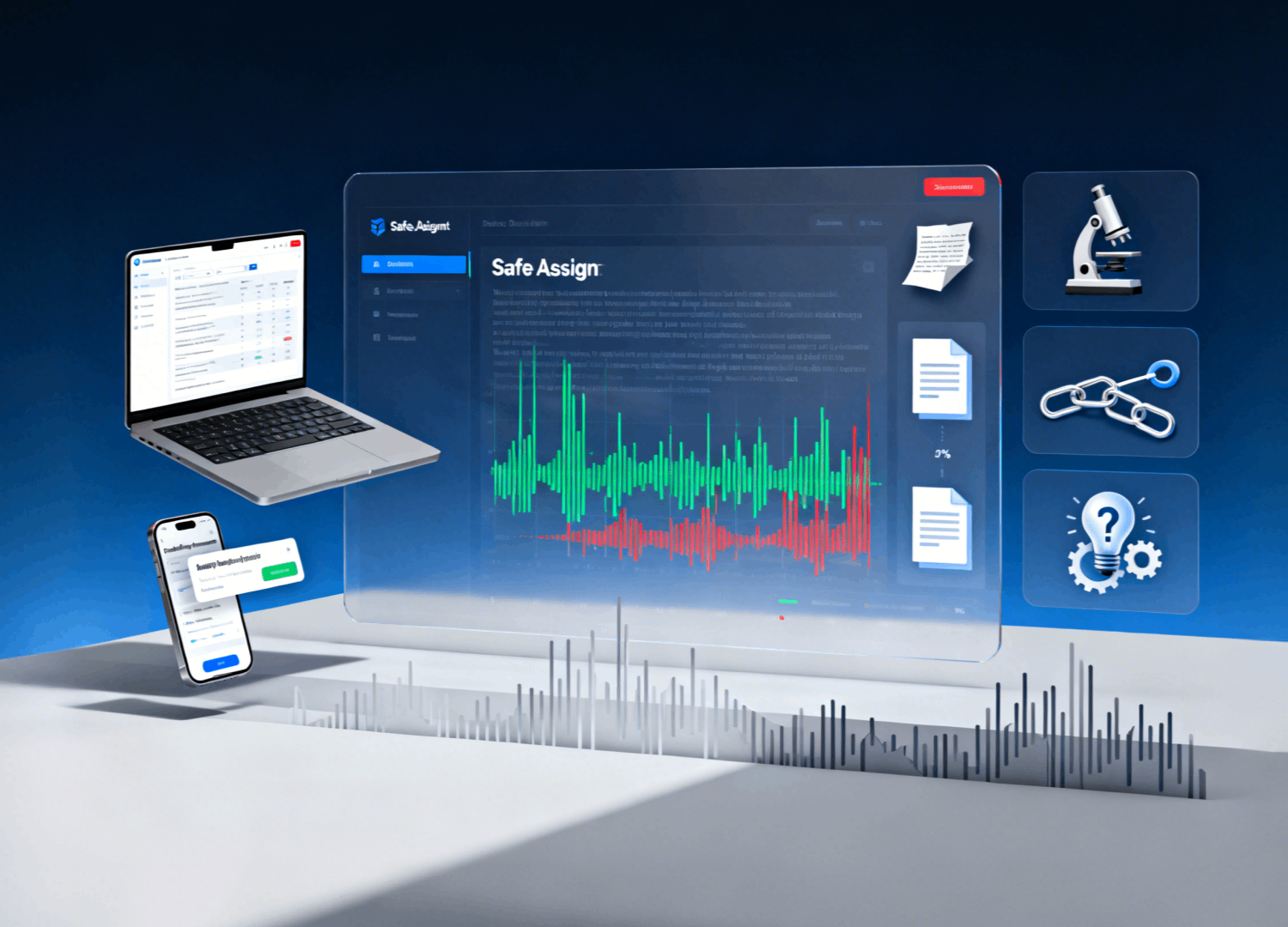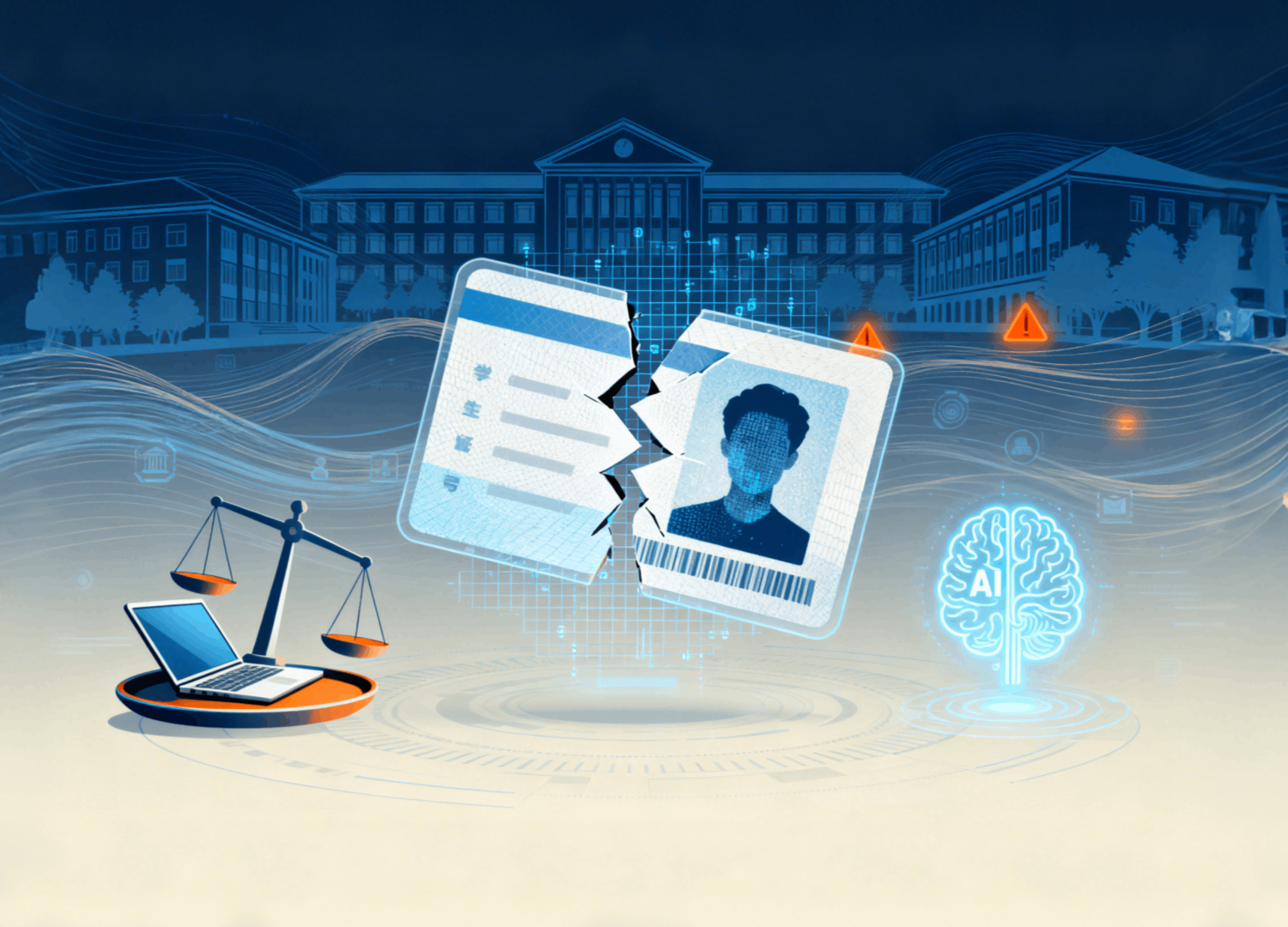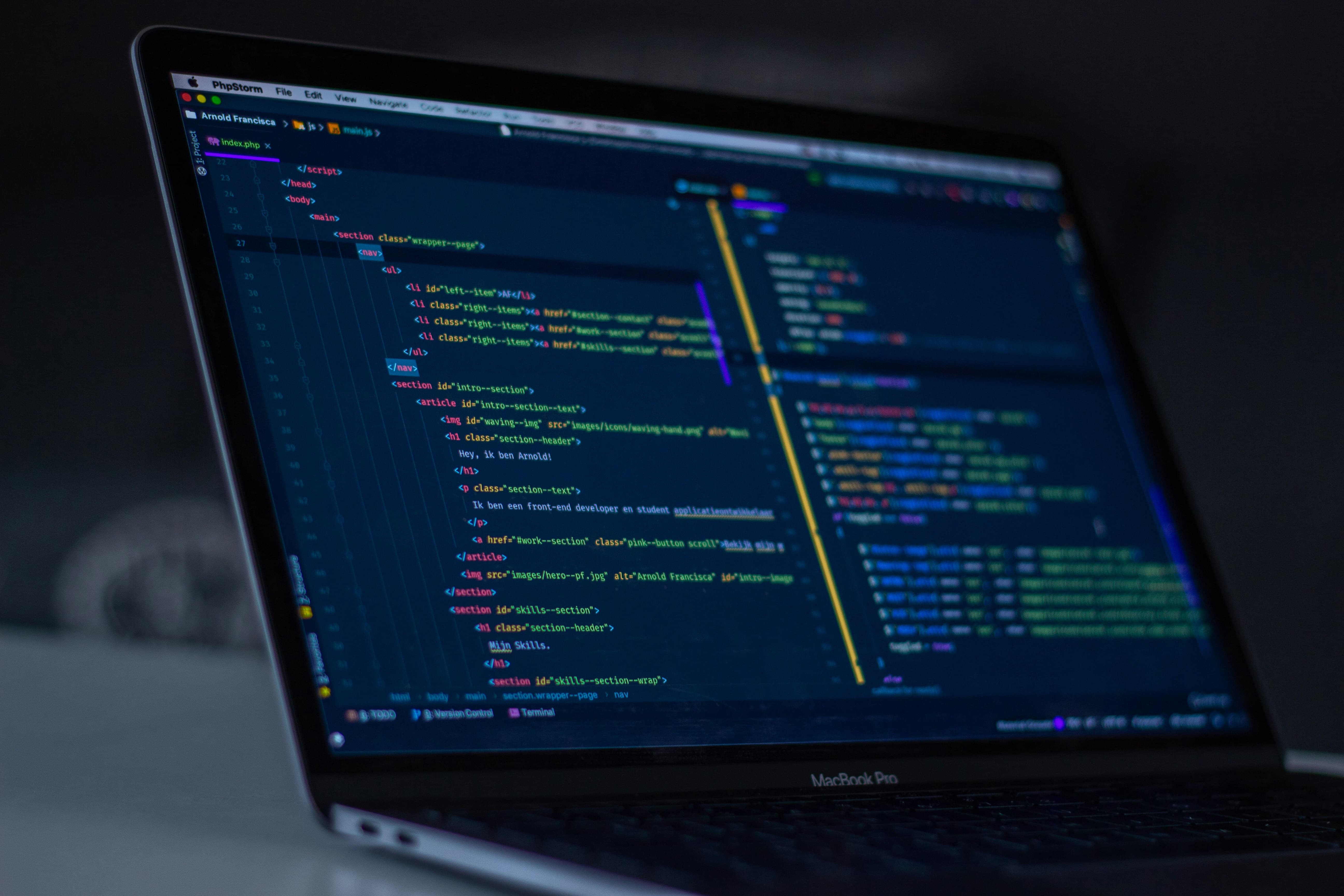
When ChatGPT Tsunami Hits: How Phrasly AI Checker Fortifies the Great Wall of Originality
As ChatGPT-generated content floods academia and social media (Oxford reports 76% AI-assisted essays...
Blackboard SafeAssign, a widely used plagiarism detection tool in academic settings, plays a pivotal role in maintaining academic integrity. However, its ability to identify AI-generated writing has become a critical topic as technologies like ChatGPT evolve. Let’s explore how SafeAssign operates and its limitations in detecting AI-generated text.
SafeAssign Plagiarism Checker primarily relies on text-matching algorithms to detect plagiarism. When a student submits a document, it compares the text against three databases:
The tool generates an Originality Report highlighting matching text and similarity percentages. However, this process focuses on identifying copied content rather than analyzing its origin
Despite its effectiveness against traditional plagiarism, SafeAssign Plagiarism Checker cannot reliably detect AI-generated content like ChatGPT outputs. Here’s why:
To address this gap, Blackboard integrates third-party tools like Turnitin and Copyleaks, which specialize in AI detection:
As AI writing tools advance, SafeAssign and similar platforms must evolve. Potential solutions include:
While Blackboard SafeAssign remains a cornerstone of plagiarism prevention, its inability to detect AI-generated content highlights the need for hybrid solutions. By combining SafeAssign’s text-matching strength with Turnitin’s AI detection, educators can better uphold academic standards in the AI era.

As ChatGPT-generated content floods academia and social media (Oxford reports 76% AI-assisted essays...

Blackboard SafeAssign, a widely used plagiarism detection tool in academic settings, plays a pivotal...

In today's era of widespread AI writing tools, academic content creation has become more efficient a...

In modern academic settings, AI-based plagiarism detection tools have become commonplace, promising...

In today's competitive software development landscape, protecting your original code has never been...